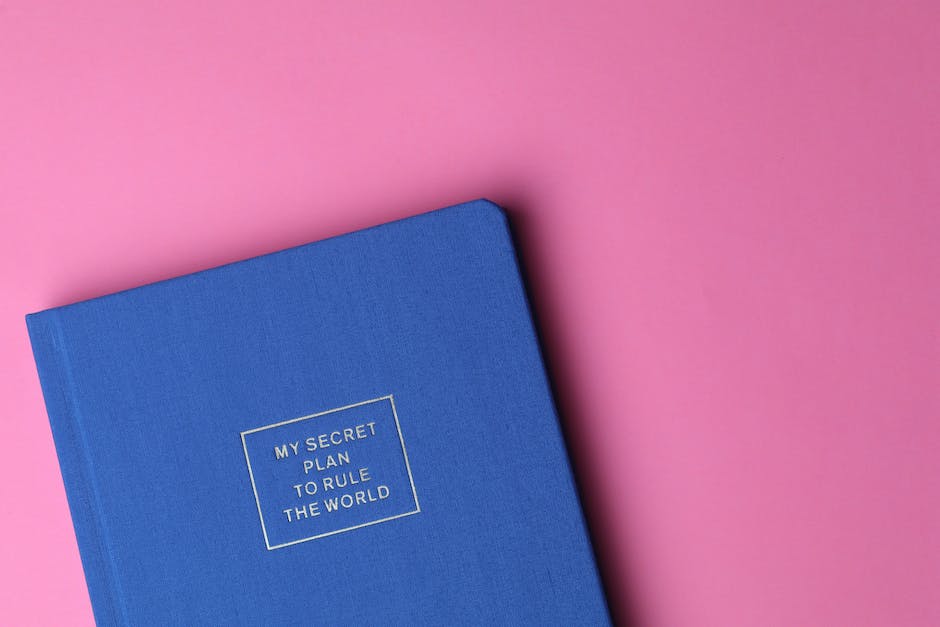Understanding the secrets to writing an outstanding cover letter can significantly boost your chances of landing your dream job. A well-structured, persuasive cover letter can ignite the employer’s interest by showcasing your unique qualifications and professional experiences.
I’ll provide a comprehensive guide on the basics of a cover letter structure, enhancing your professional story and mastering the art of language and style editing. After reading this guide, creating an attention-grabbing cover letter will no longer feel like a daunting task but rather, an opportunity to effectively communicate your prowess and potential to prospective employers.
Understanding the Basic Structure
Understanding the Basic Structure
The typical structure of a cover letter consists of three main parts: the introduction, the body, and the conclusion. Each section is essential in conveying a specific part of your message to prospective employers. Here is a simplified breakdown:
Part I: The Introduction
The introduction of a cover letter serves as a platform to create a positive first impression. It should be tailored to each job application and introduce yourself distinctly. Start by addressing the hiring manager by their name if possible, then state the job position you are applying for and where you found the listing. The aim here is to grab the recruiter’s attention and convince them that it’s worth reading further.
Part II: The Body
The body of your cover letter is where you relentlessly sell yourself. Use this area to show off your qualifications, skills, and achievements that are relevant to the job role. Link your accomplishments to the job description, demonstrating that you understand what the role entails and that you have the expertise to perform it exceptionally. It’s advised to utilize bullet points for clarity and to help the recruiter absorb information easily. Remember to be specific and use data whenever possible to confirm your claims and success stories.
Part III: The Conclusion
The conclusion is not just a simple farewell. Think of it as a final pitch and a chance to leave a long-lasting impression. Recap your interest in the role and why you’d be a great fit. Express enthusiasm for a potential interview and indicate that you are looking forward to their response. Make sure to thank the employer for considering your application and sign off respectfully.In essence, comprehending the basic structure of a cover letter and how to use each segment to effectively convey your qualifications and skills is crucial in the job application process. This will likely increase your chances of standing out among a sea of applicants and securing an interview.

Enhancing the Storyline
Identifying the Narrative in Your Career Path
Consider your career as a story, with each role and experience serving as chapters. Start by outlining these chapters, detailing your roles, responsibilities, achievements, skills developed, and how you progressed from one stage to another. Use this narrative to identify your core competencies and key achievements.
Transforming Your Experiences into Stories
Instead of listing your experiences like a resume, transform them into stories that give your career life. Highlight key incidents where you took initiative, made a critical decision, or solved a problem. Describe the situation, the actions you took, and the result of your actions. This method, known as the STAR method (Situation, Task, Action, Result), adds depth and personality to your cover letter.
You can always boost your cover letter with an editor who will work with you to improve your story. There is no question that employers like a candidate who has a good store and an editor can help you bring that out in your cover letter.
Matching to Job Description
The job description serves as your roadmap, helping you understand what the employer values most. Break down the job description, identifying the skills, experiences, and personal traits required. Then, look through your career storyline and find corresponding skills and experiences. Use this data to tailor your cover letter, demonstrating how you meet and exceed these requirements.
Crafting Compelling Opening and Closing Lines
Your opening and closing lines are your chance to make a lasting impression. The opening line should resonate with the employers’ needs and display your passion for the job and industry. The closing line should reiterate your fit for the role, thank the employer, and express enthusiasm about the possibility of an interview.
Using Action Verbs and Adjectives
Action verbs like “executed,” “orchestrated,” or “spearheaded” make your cover letter engaging and lively. They convey a picture of you as an active contributor not just a passive participant. Similarly, adjectives like “efficient,” “persistent,” or “analytical” add depth to your skills and experiences.
Quantifying Achievements
Instead of stating that you increased sales or improved efficiency, quantify your achievements. This provides clear evidence of your skills and adds credibility. For instance, say “increased sales by 15%” or “improved production efficiency by 25%”.
Proofreading and Editing
Finally, proofread your cover letter. Check for spelling, grammar, and punctuation errors to ensure your letter is professional and polished. Reading aloud or using online tools can make the proofreading process easier. Editing your cover letter for conciseness and clarity can make a difference in capturing the hiring manager’s attention.

Editing Language and Style
Start with a Strong, Concise Opening
The first few lines of your cover letter are pivotal. Aim to be as precise and succinct as possible. You can use Hemingway App to ensure your sentences aren’t too long or confusing. It highlights sections of your text that may be hard to read and suggests improvements to streamline your writing.
Showcase Your Relevant Skills
Your cover letter’s body gives you the chance to highlight your skills and how they relate to the job at hand. Tailor your letter to highlight the unique skills you’ll bring to the role, ensuring your writing is clear and crisp. Again, tools like Hemingway or Grammarly can offer insights into your diction, grammar, and syntax, enhancing the readability and overall quality of your letter.
Provide Concrete Examples
Details add credibility to your arguments. When discussing your skills and experiences, provide concrete examples of how you’ve applied these in the past. When editing, make sure to check that you’ve included these key examples and that they’re easy to understand.
Consider the Voice and Tone
The cover letter is an opportunity to demonstrate your understanding of the company’s culture. Is the tone of the company formal or relaxed? Adjust your language and style to reflect the company’s ethos. Tools like Grammarly can assist in assessing the tone of your writing.
Editing for Clarity
After drafting the letter, read it aloud. This technique helps to identify awkward phrases or complex sentences that could be simplified. Remember, the aim is to be as clear as possible.
Attention to Grammar and Spelling
Make sure your cover letter is free from basic errors such as incorrect grammar or spelling mistakes, as they can come across as unprofessional. Grammarly is an excellent tool for this aspect of editing. It will highlight any grammatical errors or typos within your text. It also offers suggestions on punctuation, word choice, and style, significantly improving the quality of your text.
Employ a Reverse Outline Technique
A reverse outline involves making an outline after you have written your rough draft. It helps in making sure that every paragraph serves a clear purpose in your letter, and each point convincingly relates to the main argument. If a paragraph appears to be off-topic or unclear, revising or removing it may be beneficial.
Ask for Feedback
Having another person review your cover letter can provide valuable feedback. They might spot errors you missed or suggest a better way of articulating your thoughts. If this isn’t possible, taking a break before you edit can give you a fresh set of eyes to review your work.
Completion and Final Review
After you’ve made the necessary edits, review your letter again, scanning for any overlooked mistakes or room for improvements. A clean and polished cover letter not only showcases your seriousness for the job application but also reflects your diligence and attention to detail.
Remember, your cover letter serves as a critical first impression to potential employers. By dedicating time to edit your letter, you elevate the chance of making a positive and lasting impression.

Embracing the art of editing your cover letter can genuinely make a difference in your job application journey. Equipped with tools like Grammarly and Hemingway App, you can not only ensure the sagacity of your language but also the coherence and clarity of your intended message. With these tips and techniques, your cover letter will provide a vivid picture of who you are as a professional, offering a persuasive call to action for employers to consider you as a strong candidate for their respective roles.



